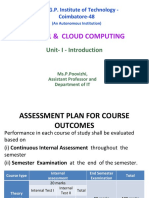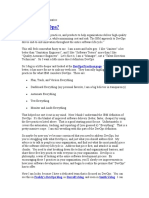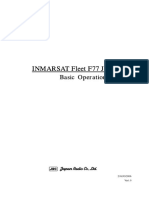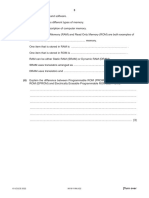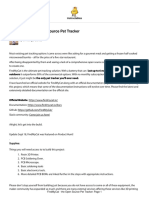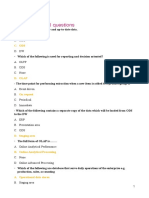0% found this document useful (0 votes)
9 views2 pagesDistributed and Cloud Computing Cse 204
The CSR204 course on Distributed and Cloud Computing covers fundamental concepts, architectures, and applications of these technologies, aiming to equip students with skills in developing and analyzing distributed systems and cloud-based applications. Students will engage in practical experiments, including designing client-server applications, implementing distributed systems, and exploring cloud computing security and performance. The course also addresses emerging trends and ethical implications in the field, supported by key references for further study.
Uploaded by
SUSHMA REDDYCopyright
© © All Rights Reserved
We take content rights seriously. If you suspect this is your content, claim it here.
Available Formats
Download as PDF, TXT or read online on Scribd
0% found this document useful (0 votes)
9 views2 pagesDistributed and Cloud Computing Cse 204
The CSR204 course on Distributed and Cloud Computing covers fundamental concepts, architectures, and applications of these technologies, aiming to equip students with skills in developing and analyzing distributed systems and cloud-based applications. Students will engage in practical experiments, including designing client-server applications, implementing distributed systems, and exploring cloud computing security and performance. The course also addresses emerging trends and ethical implications in the field, supported by key references for further study.
Uploaded by
SUSHMA REDDYCopyright
© © All Rights Reserved
We take content rights seriously. If you suspect this is your content, claim it here.
Available Formats
Download as PDF, TXT or read online on Scribd
/ 2







